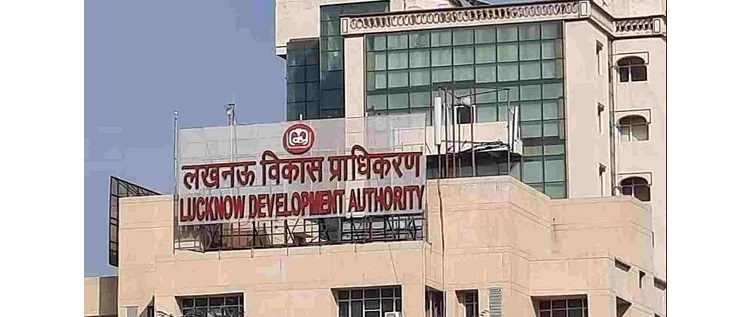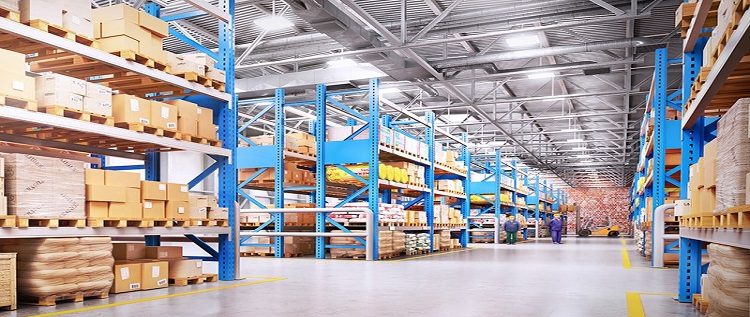E - PAPER
Commercial Office Absorption Rises 18% y-o-y in Jan – September period
The commercial office sector in India continues to witness strong growth momentum with an 18% on year increase in net absorption at 23.4 mlnsq ft during January – September 2018 period. This double-digit growth is driven by strong economic fundamentals, demand for good quality grade A office space,
 BY
admin
BY
admin
Published - Friday, 30 Nov, 2018

The commercial office sector in India continues to witness strong growth momentum with an 18% on year increase in net absorption at 23.4 mlnsq ft during January – September 2018 period. This double-digit growth is driven by strong economic fundamentals, demand for good quality grade A office space, institutional investments in commercial office assets along with the co-working office trend catching up in key markets.
The sector, which has seen consistent and robust performance in the past 4-5 years, is undergoing a major shift due to the advent of technology, automation and the shared economy which reflects clearly in the volume of office space transactions for the top 7 key markets in India.
Bengaluru saw highest absorption of office space at 7.9 mlnsq ft in the first nine months of this year in absolute volume terms, JLL data shows. Mumbai (4.2 mlnsq ft) and Delhi NCR (4 mlnsq ft) round off the top three, with the three cities contributing almost 70% of the absorption across India. The demand for office space in these cities has been primarily driven by the sectors such as IT-ITeS, banking & insurance, manufacturing and consultancy service. E-commerce and co-working service providers are also contributing to demand for office space.
In percentage growth terms, Chennai witnessed a staggering 92% increase in office space absorption at 2.3 mlnsq ft. It was followed by Pune, which saw 50% y-o-y growth at 2.1 mlnsq ft. While the data shows that Hyderabad and Kolkata recorded absorption of 2.2 mlnsq ft and 0.7 mlnsq ft respectively, we expect an increase in the transaction volumes by the end of the year for these cities.
The past decade has seen the commercial office sector witnessing a structural shift on the back of technology revolution boosted further by the e-commerce boom in the past 3 years. This has contributed towards creating and driving demand and supply dynamics. Coworking service providers have been instrumental in driving the demand for office space absorption by contributing over 10% of total office space take-up in these 7 markets in the nine-month period ended September 30. Additionally, we are seeing a lot of traction from fintech and proptech companies as well as data centre providers that are driving increase in demand and supply in the commercial office sector.
The impact of the trends is clearly visible in the rising supply for quality office space. On the rentals front, markets like Mumbai and Delhi-NCR have seen stable and realistic growth. On the other hand, rentals in Bengaluru, Pune, Chennai, and Hyderabad have crossed the peak levels they had attained in third quarter of 2008, just before the beginning of the economic slowdown.
In terms of vacancy for grade-A office space, cities like Bengaluru, Hyderabad, Pune, and Chennai are all in single digits. This demand was traditionally driven largely by IT and IT-SEZ occupiers, but of late, we are observing a steady rise in the share of non-IT office developments in cities that have been traditional IT hubs.
Looking ahead, we expect over 33 mln sq. ft of net office space absorption by end of 2018. Compared to 2017, this would translate into a 16% y-o-y growth. In 2019, the top 7 markets of Delhi NCR, Mumbai, Bengaluru, Chennai, Hyderabad, Pune and Kolkata together are forecast to record an all-time high net absorption of over 37 mlnsq ft, something which was achieved in 2011. During the next two years (2019 and 2020), these 7 markets are expected to witness net absorption of over 76 mln sq. ft.
On supply side, we expect around 126 mln sq. ft. of robust supply in the next 3 years based on launch of new projects in several markets.
With an 8.2% GDP growth in April-June quarter of current fiscal and India’s position improving considerably in Ease of Doing Business 2018, the Indian economy is on strong growth path. This will have a positive impact on the real estate sector, especially the demand in commercial office segment. For developers, it will be a fruitful step to invest in creating more commercial office spaces to reap the benefits the sector has to offer.
RELATED STORY VIEW MORE
NEWS LETTER
Subscribe for our news letter
E - PAPER
-

CURRENT MONTH 
LAST MONTH















